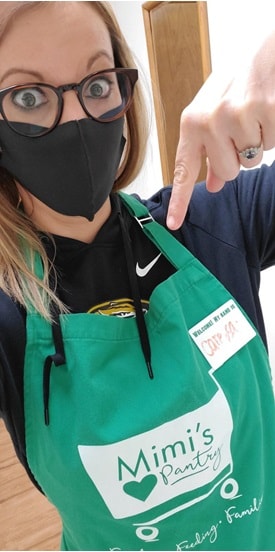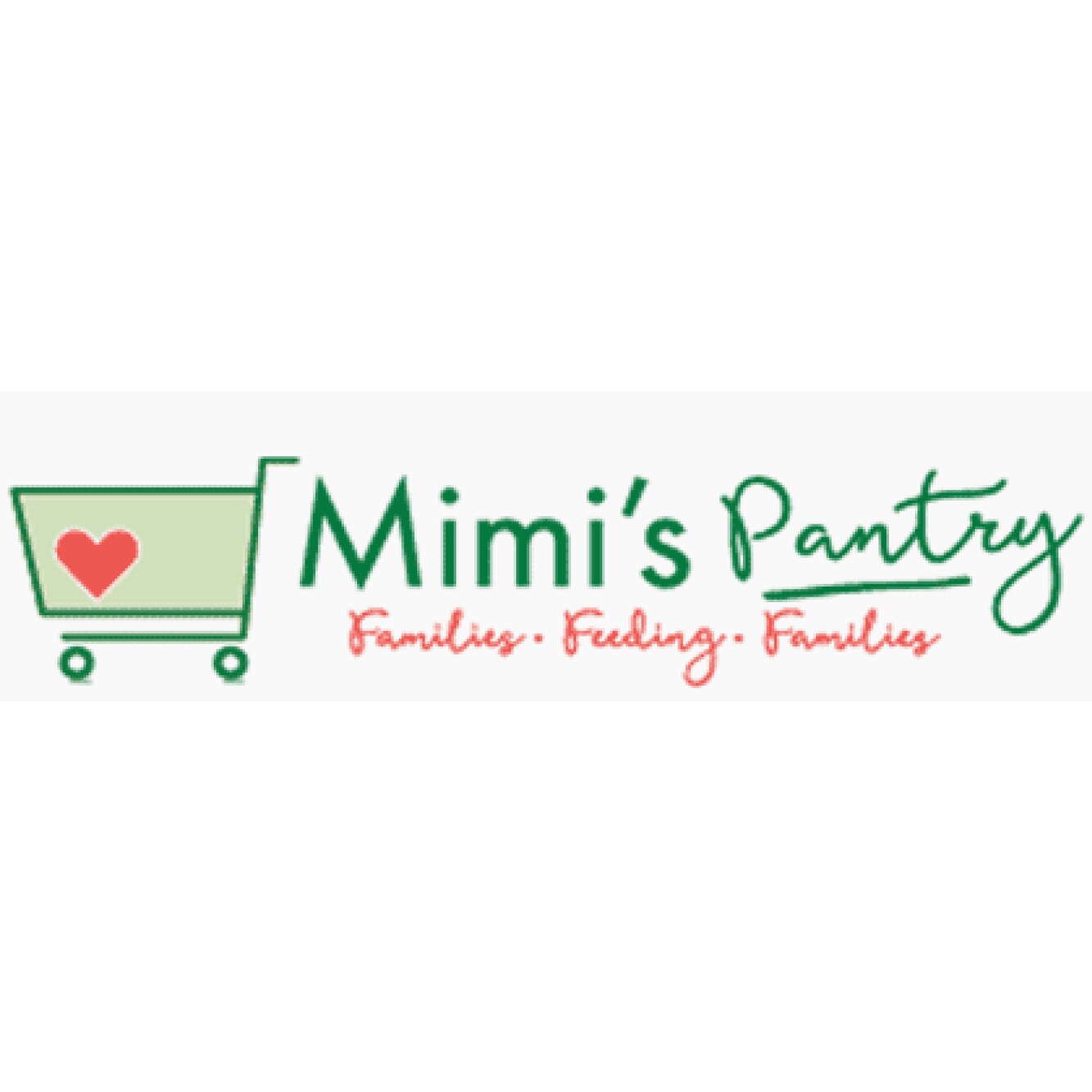Mimi's Pantry


Mimi’s Pantry started in the summer of 2019 to bridge the gap for those who are having difficulty finding enough nourishing food to sustain themselves and their families. With nearly 1 in 7 families in the area facing food insecurity – meaning they will not have the ability to meet their food needs from one day to the next – organizations like Mimi’s Pantry exist to provide a stop-gap for those in need.
This is not your average food bank. Mimi’s is state of the art – a true grocery store experience on a small scale. Shoppers are given the autonomy to select the items they need for their families. The pantry is stocked with boxed and canned goods, along with a wide variety of fruits, vegetables and frozen meats, dairy products and home/health items like toothbrushes and paper towels. One of the unique features of the pantry is the extensive library of books available for clients to take home – and a sweet spot for children to play while parents get groceries. With limited funds, often these families don’t have access to money for books at home, and the staff at Mimi’s understands how vital reading skills are to a more successful future for children and adults.
When Caressa shopped with customers during her first visit to the pantry pre COVID, she was more of a helpmate to the guests, walking with them along the aisles to keep track of the set number of points each person was allotted based on the size of their families. Some items are zero points – fresh fruit, bread, assorted cookies or pastries donated to the pantry that are set to expire – and others are labeled from 1-7 points. A family of five might be awarded 35 points (they get extra if they bring their own bags), and can choose to spend all of their points on milk or dairy, meat or canned goods – provide there was not a limit to the items.
Post COVID, things look differently for the pantry, but the other volunteers and shoppers agree – the changes made have streamlined the process and allowed most families to be able to get MORE food, not less. For example, now volunteers don’t shop alongside the guests and aren’t given a set number of points allocated by family size. Each shopper gets to peruse the aisles, each shelf showing the number of each item that can be added to the shopper’s cart. For example, canned green beans, canned pears and canned spaghetti sauce were all on the 3-can shelf, so shoppers could do one of each, or three of one.
One thing Caressa found particularly interesting was that while they have a lot of food donated to them – and are able to buy in bulk from Harvesters – they struggle to get a lot of other typical grocery store essentials in that families need. Think toilet paper, hygiene items, diapers. One of the most requested and least-offered items are Ziplock bags. They simply do not have enough for everyone who needs them, so they offer them up as available in a roll of five. I know these aren’t “essential” items, but when you’re trying to save food for later use, especially given how precious food is to these families, plastic baggies and containers are very important.
If you’re looking for a meaningful place to spend some time, come to Mimi’s Pantry. They have a variety of spots for volunteers to fill, from packing, sorting and labeling items to working with shoppers mornings, evenings and some afternoons.


